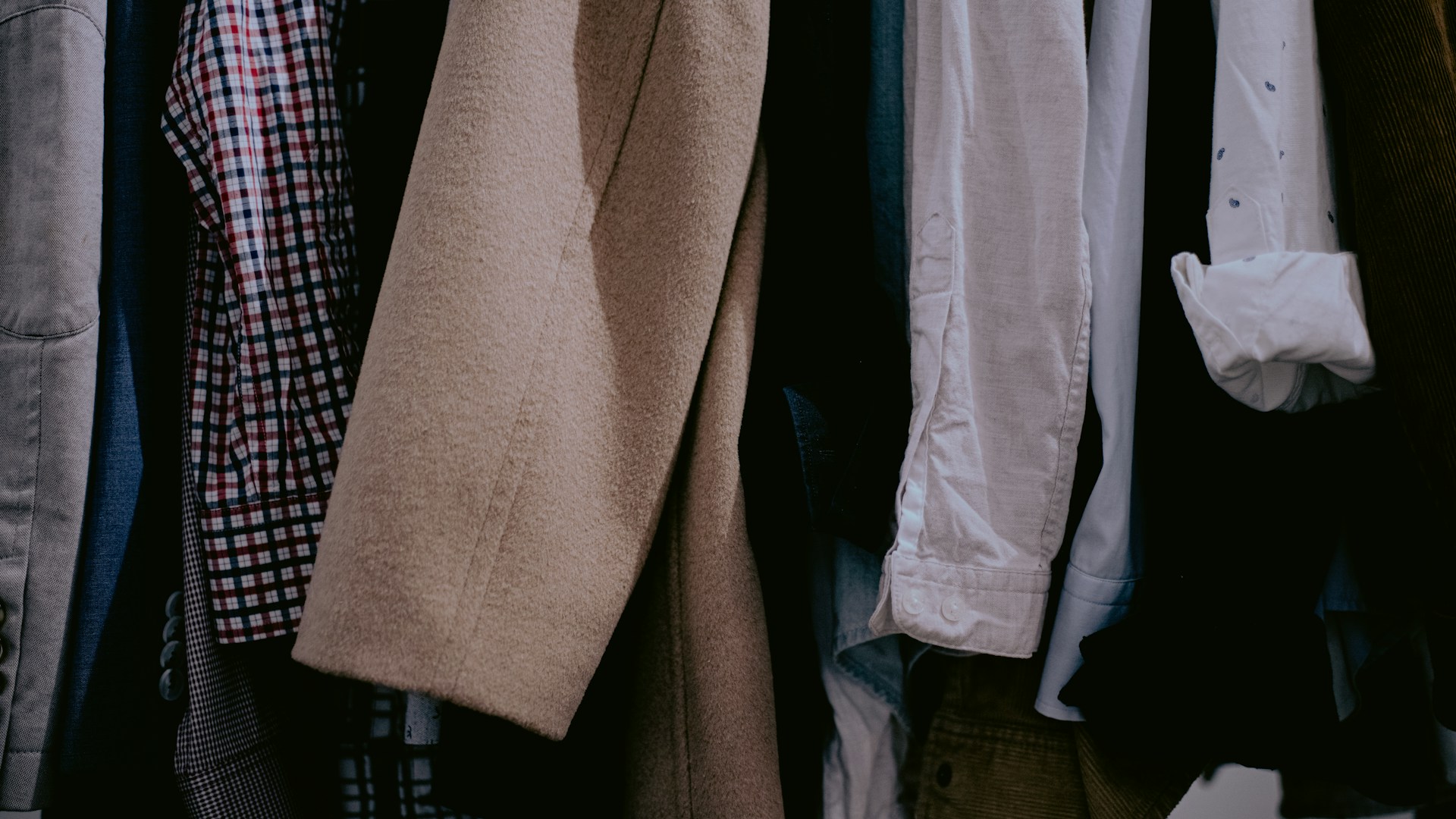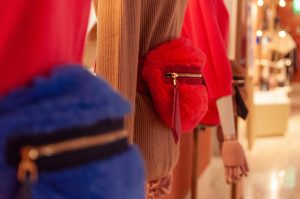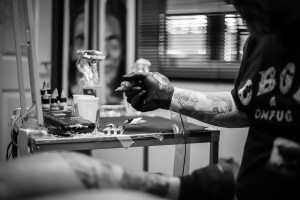First impressions matter, and that includes what your employees wear. Whether you’re running a hospitality business, a construction company, or a tech startup, the workwear you choose for your staff speaks volumes about your brand. But selecting the right uniforms isn’t just about looking good, it’s about ensuring your team can work efficiently and safely too. Balancing functionality and style is crucial in workwear design because clothing that is either too impractical or overly casual can negatively affect productivity and brand perception. Business owners must walk a fine line between utility, comfort, and aesthetics when making decisions about uniforms. This article explores how to strike that balance so your employees feel confident, safe, and comfortable while representing your brand professionally.

How to Balance Functionality and Style When Choosing Workwear for Your Employees
Understand the Demands of the Job
When choosing workwear, it’s crucial to begin by analyzing the daily responsibilities and physical requirements of your employees’ roles. For example, roles in construction, manufacturing, or medical fields demand clothing that offers durability, protection, and comfort. In settings like laboratories, lab wear must provide both safety and mobility, especially when dealing with hazardous materials or sensitive equipment, experts at labwear.com/ explain. Understanding these specific job-related needs ensures that the clothing supports rather than restricts employees during their tasks. Overlooking these functional aspects can result in discomfort or even safety risks, which may lower productivity. Tailoring workwear to suit the job’s unique demands creates a more efficient and secure working environment.
Prioritize Quality and Durability
Investing in quality workwear may seem like a hefty upfront cost, but it pays off in the long run. Cheap fabrics may look stylish at first, but tend to wear out quickly, fade in the wash, or become uncomfortable after prolonged use. High-quality materials are built to withstand frequent laundering, harsh environments, and constant use, all while maintaining their shape and color. Durability is a core aspect of functionality, particularly in sectors such as healthcare, manufacturing, and hospitality, where employees face daily wear and tear. Choosing quality also reduces long-term costs associated with replacements and repairs. Employees perform better when they trust that their uniforms will support them throughout their shifts without failure.
Don’t Underestimate the Power of Fit and Comfort
Style doesn’t mean sacrificing comfort. A stylish look often stems from a well-fitted and comfortable garment. Ill-fitting uniforms can hinder movement, cause irritation, and lead to dissatisfaction among employees. Tailored workwear that allows for flexibility, breathability, and temperature regulation improves both comfort and morale. Offering options for different body types, sizes, and even gender-specific designs shows that you value your team’s individual needs. Comfortable clothing encourages better posture, reduces fatigue, and enhances confidence, all of which contribute to a more positive work environment. When employees feel good in their clothes, they’re more likely to perform at their best and interact more confidently with customers.
Incorporate Brand Identity Into the Design
While functionality is key, the visual appeal of your workwear plays an important role in reinforcing your company’s image. Uniforms should reflect your brand’s colors, values, and professionalism. Whether it’s a sleek black apron in a modern café, a color-coded polo for retail staff, or embroidered logos on medical scrubs, these design elements help communicate who you are. Branded attire also fosters team spirit and a sense of unity among employees, making them feel part of something bigger. Think of your workwear as a walking advertisement, as employees wearing eye-catching, stylish uniforms are more likely to be noticed and remembered by customers. A well-designed uniform helps create a strong, cohesive brand presence both in-store and in public.
Stay Ahead of Trends Without Compromising Standards
Trends in workwear can offer fresh ideas, but it’s important to avoid letting fashion override function. Modern fabrics and cuts can certainly be incorporated, but only if they serve the practical needs of your staff. For example, jogger-style pants or minimalist sneakers may appeal to younger employees in creative industries, but they wouldn’t be appropriate for more traditional or safety-sensitive roles. A good strategy is to find a balance between classic styles and subtle modern touches that keep the look current without making it feel fleeting. Consult with employees and involve them in the decision-making process to ensure that any style changes are well-received and functional. Trend-aware workwear is about incorporating useful innovations into a timeless look.

How to Balance Functionality and Style When Choosing Workwear for Your Employees
Balancing functionality and style in employee workwear doesn’t have to be a struggle. By carefully considering job demands, investing in quality, focusing on comfort, and reinforcing your brand identity, you can create uniforms that enhance both performance and appearance. Add to that a thoughtful nod to current trends and seasonal versatility, and your team will be outfitted for success in every way. The right workwear is a powerful tool for boosting morale, improving efficiency, and making a lasting impression. Would you like help designing a sample uniform guide for your business?

fashionabc is a fashion technology platform, comprising a digital directory and various other digital tools and supply chain solutions for the fashion industry ecosystem, that focus on ethical fashion and sustainability. We are building inclusive digital transformation tools for fashion professionals who are willing to take steps towards a more sustainable ethical fashion industry, by adopting AI and DLT blockchain technology.
* building digital profile and IP solutions for fashion businesses
* tackle issues such as provenance and counterfeit in supply chain
* contribute to the construction of a meritocratic ethical fashion industry which is certified and part of the circular economy











